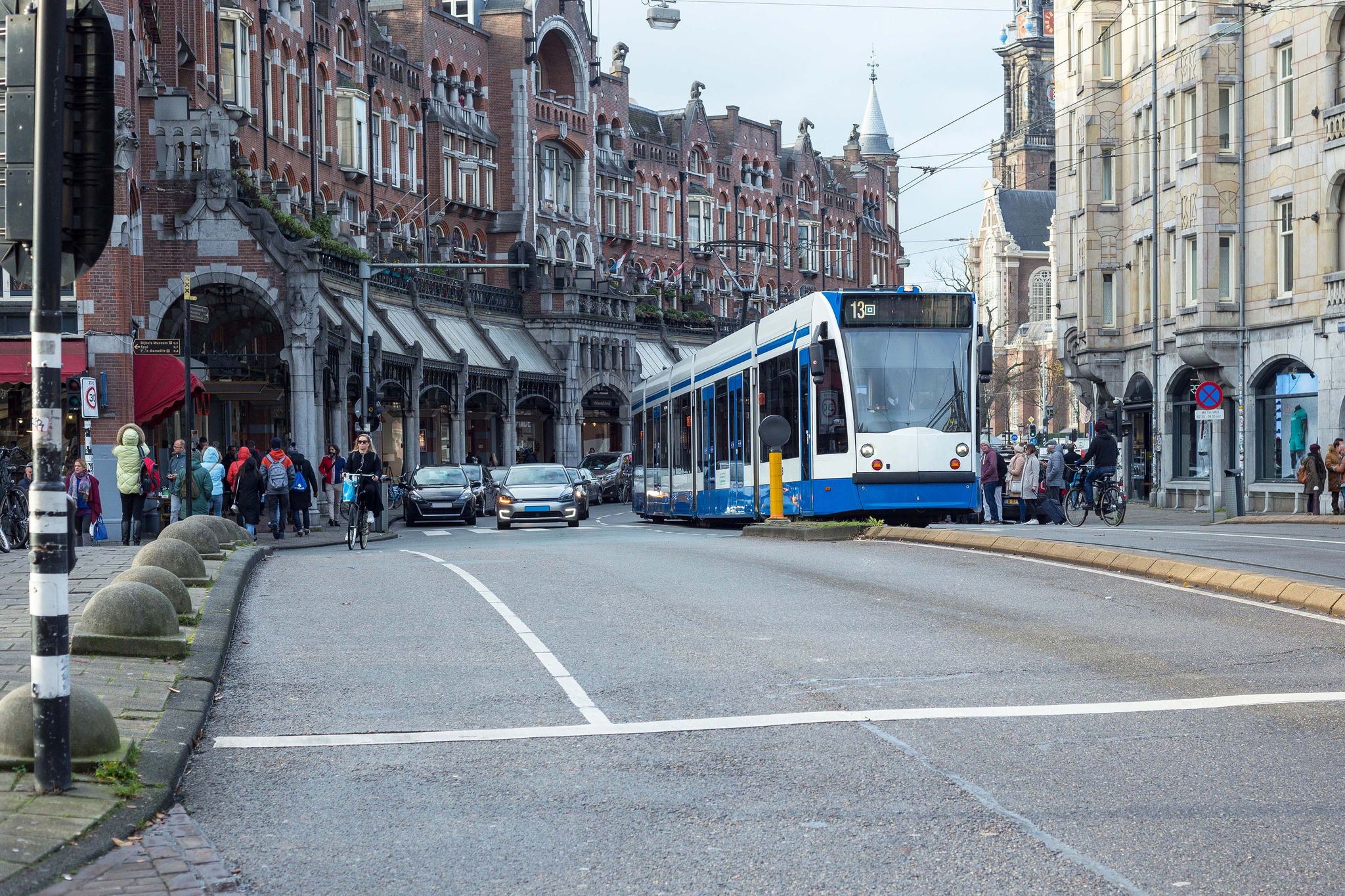With many key markets consumed by the triple-whammy of shifting to an endemic COVID-19 strategy, whether to hold back or double down on climate change and the geopolitical challenges of the so-called “permacrisis,” perhaps it’s no surprise that the revival in consumer mobility hasn’t quite materialized as the industry might have wished for.
So, what is happening, and what will it mean for original equipment manufacturers (OEMs) and their suppliers and dealers, for transport authorities and policymakers? The headline findings from the EY Mobility Consumer Index (MCI) 2022 study (pdf) reveal that consumers are continuing to travel less than in pre-COVID-19 times but their preference for the car — and electric vehicles (EVs) in particular — is growing ever stronger.
The MCI survey — now expanded to encompass nearly 13,000 consumers across 18 countries — is a major global EY research program that has tracked consumer mobility patterns and buying intentions since the start of the pandemic in 2020. While overall levels of travel reported remain lower when compared to the pre-pandemic benchmark, the number of consumers who say constant access to a personal car is very important to them is rising, and for the first time more than half of those surveyed, 52%, who intend to buy a car say they intend to choose either a fully electric, plug-in hybrid or hybrid vehicle.
Conversely, consumers continue to avoid public transport when they can. After two years of heavy public health messaging around social distancing, usage remains stubbornly below 2020 levels, despite the efforts of many city authorities and transportation companies. In London and New York, for example, intensive ad campaigns are endeavoring to persuade travelers that it’s now safe to travel by bus, metro and train again.
Consumer sentiment toward shared mobility (ride-hailing, car-sharing and car rental), broadly on the rise pre-pandemic, has also taken a hit from COVID-19. Journeys are down 11% in North America and 4% globally, a reversal of fortune driven partly by hygiene concerns and partly by rising journey costs and reduced availability.
These trends present both an opportunity for OEMs and dealers to continue accelerating the shift to EVs, and an apparent threat to the sustainable transport ambitions of many city authorities and national governments, which depend on getting more people out of their cars and into public and shared modes of mobility.
Squaring the circle may require a three-pronged approach from policymakers: leaning into consumer preferences for EVs where they can; dis-incentivizing the use of internal combustion engines (ICEs), especially in urban environments; and heavily incentivizing public transport in the short term to encourage greater use.
Feeding into this picture are external factors around geopolitics — the war in Ukraine especially — and the consequences for ongoing supply chain disruption. Factors that have the potential to morph from short-term to long-term problems, which could have a substantial impact on OEMs ability to meet demand.




